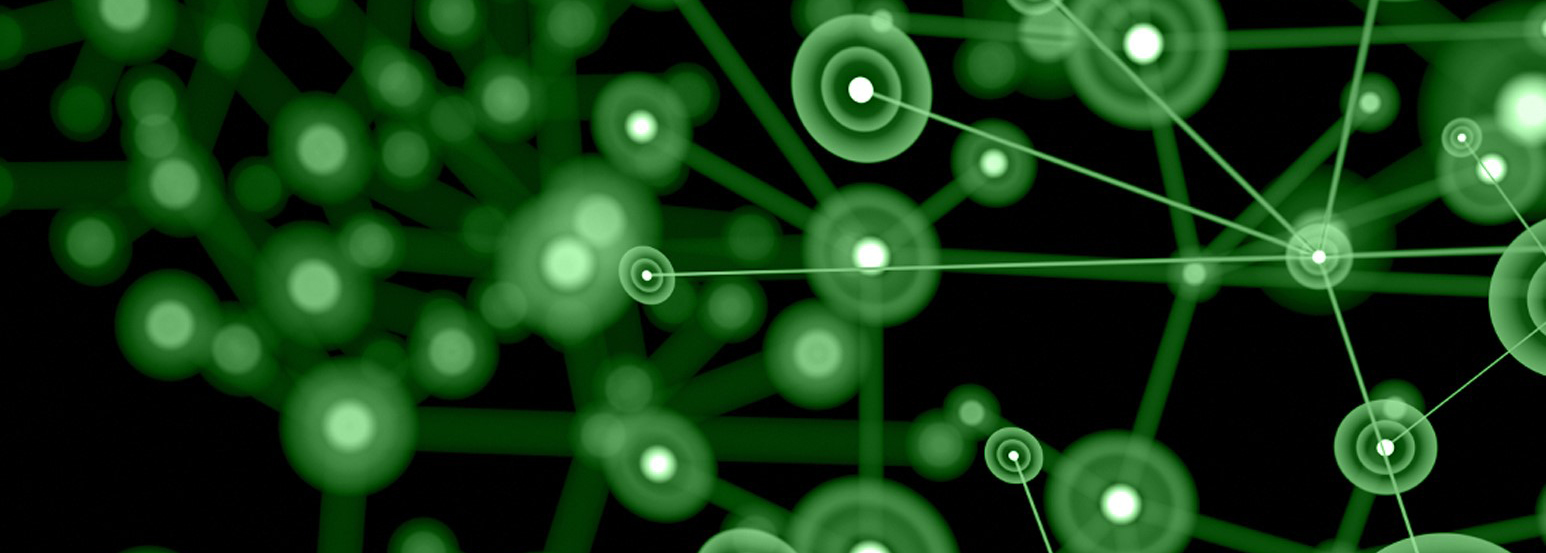As a concept, the IoT (Internet of Things) has been with us since the late 1990’s, and has evolved from simple M2M (Machine-to-Machine) connectivity into a vision for Operational Productivity enabled by Interoperability. Innovation and investment in new IoT technology and business models are driven by the pursuit of key operational benefits such as:
- Provisioning Assets as Services
- Efficiency through Automation
- Resource Utilization
- Environmental Impact
- Safer and more productive Critical infrastructure
Next-generation IoT devices and platforms are now being deployed in critical infrastructures such as Integrated Transportation (auto, railway, airports,…), oil & gas operations, industrial & manufacturing facilities, energy distribution, and ‘SmartCity’ systems. Operations are becoming dependent on these efficient and high-availability IP-aware systems.
New systems are being deployed and older non-IP based systems are being modernized with IP-aware functions at a rapid rate. Supporting this movement has driven device manufacturers to deploy new classes of devices and systems that can take advantage of direct and indirect internet connectivity in order to leverage public and private IoT Cloud Services Platforms. Theses next-generation smart systems can perform many advanced functions such as data aggregation and storage, advanced analytics, prediction, prognostication, and even limited decision-making. What was considered advanced data processing and decision- making in a data center just two years ago is now being deployed regularly in stand-alone IP-connected devices at the internet edge. This along with rapid developments in semiconductor and control technology is paving the way for a new wave of robotics and autonomous systems where cloud processes like machine learning are being brought down to the edge (FOG computing).
In order to deliver the vision of IoT business models, the lines between traditional enterprise IT systems (IT) and the high-availability autonomous operational infrastructures are undergoing radical evolution with new standards and vendors. As with many new waves of technology advancement, there are those who seek to leverage weaknesses for criminal exploit, state-sponsored espionage, or simply mischief on a grand scale. These new systems are very enticing to those who specialize in advanced exploits. Increasingly, malicious actors who have targeted personal computing with malware, viruses and phishing exploits, are now targeting critical infrastructure elements for profit and other motives. Modern cyber attacks on critical infrastructure take advantage of compromised IP addresses (servers, websites, etc.) to carry out DDoS, botnet and other forms of remote command and control exploits.
Webroot deployed the cyber-security industry’s first, most advanced, and most effective real-time cloud-based Threat Intelligence. We have been providing this service exclusively to leading Security Appliance, NGFW, and Access Point OEMs for over 5 years. These OEMs are leaders in bringing the latest cyber security approaches to corporate and public IT enterprises. This same technology, which has armed advanced networking equipment providers with a real-time defense against Internet launched attacks, is now made available to non-telecom equipment developers for cyber protection to support the growing new classes of IoT systems, such as connected automobiles, industrial automation, process control, aviation, railway, power management, and home energy management.
As system designers look to protect new and existing IoT devices and networks, they are increasingly applying techniques formerly used by the most advanced firewall and network security appliance manufacturers. IoT gateways are emerging as this new class of OEM appliance. They are being designed to locally integrate single and multi-vendor platforms. Common functions are real-time data stream analytics, protocol translations, networking control, endpoint control, storage, and manageability. However, until recently, IoT gateways were being built without sufficient security or intelligence to properly protect critical infrastructure. What is new and very exciting now is that non-security appliance vendors are now able to bring advanced cyber-security into IoT Gateways and offer Cyber-Security-as-a-Service to critical infrastructure. IoT Gateways can now utilize cloud-based cyber-security to securely connect legacy and next-generation devices to the Internet of Things.
I am pleased and excited to be part of the efforts by Webroot and our partners to ensure that the latest techniques are leveraged across these new IoT devices, appliances, systems and platforms. We look forward to our continued dialogue with you in advancing collective threat intelligence.































